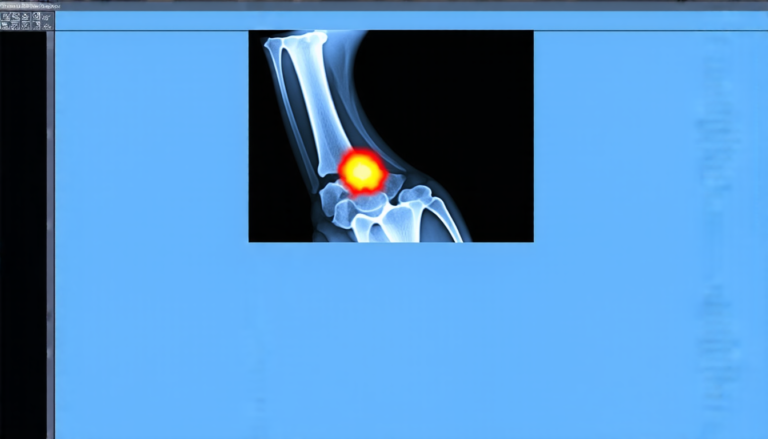Friday 12 September 2025
The quest for a more accurate way to model complex physical systems has led scientists to develop a novel approach to solving anisotropic diffusion equations, which are crucial in understanding phenomena such as magnetized plasma flows and heat transport in materials.
Anisotropic diffusion equations describe the way materials respond to different types of forces. In the case of magnetized plasmas, these equations help researchers understand how charged particles move in the presence of strong magnetic fields. However, solving these equations can be challenging due to their complex nature, which involves both diffusive and advective terms.
The traditional approach to solving anisotropic diffusion equations is to use numerical methods that rely on central difference schemes. While these methods are efficient, they often fail to preserve a fundamental property known as the discrete maximum principle (DMP). The DMP states that the solution to the equation should not exhibit any spurious oscillations or undershoots.
To address this issue, researchers have developed a novel approach based on hyperbolic systems. By converting the anisotropic diffusion equation into a system of first-order partial differential equations, scientists can use numerical methods that are more robust and accurate. The key to this approach lies in the introduction of an artificial parameter, which allows researchers to control the behavior of the solution.
In a recent study, scientists used this hyperbolic system approach to solve anisotropic diffusion equations for magnetized plasma flows. They found that by choosing the value of the artificial parameter carefully, they could ensure that the DMP was preserved, resulting in more accurate and physically meaningful solutions.
The implications of this research are significant, as it can be applied to a wide range of fields where anisotropic diffusion plays a crucial role. For example, in plasma physics, researchers can use this approach to simulate complex plasma flows and understand how charged particles move in the presence of strong magnetic fields.
In materials science, the hyperbolic system approach can be used to model heat transport in materials with complex structures. This is important for understanding phenomena such as thermal conductivity and thermal diffusivity, which are critical in the development of new materials.
Overall, this research demonstrates the power of mathematical modeling in understanding complex physical systems. By developing novel numerical methods that preserve fundamental properties like the DMP, scientists can gain a deeper understanding of the world around us and make significant advances in fields such as plasma physics and materials science.
Cite this article: “Preserving Physical Reality: A Novel Approach to Solving Anisotropic Diffusion Equations”, The Science Archive, 2025.
Anisotropic Diffusion Equations, Numerical Methods, Magnetized Plasmas, Heat Transport, Materials Science, Plasma Physics, Hyperbolic Systems, Discrete Maximum Principle, Partial Differential Equations, Computational Modeling.







